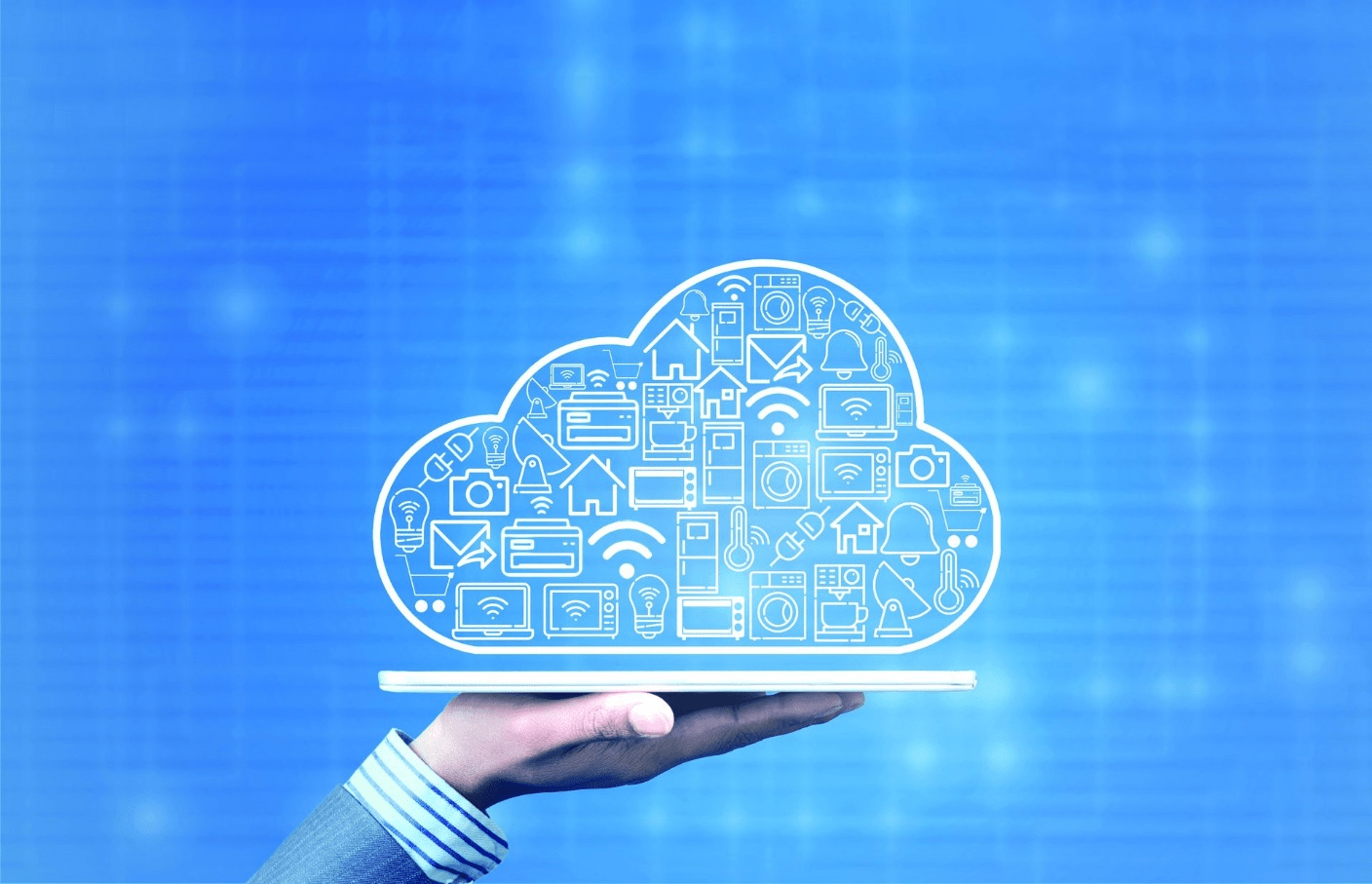
The Digital Doctor is In: AI and Telemedicine Redefine Healthcare
The healthcare industry is undergoing a seismic shift fueled by artificial intelligence (AI) and telemedicine.

IoT has been a popular buzzword for quite some time. We’ve all heard how everything will eventually become connected, and although the number of ‘things’ has exponentially increased, the full potential of IoT is yet to be discovered.
Several factors have been a direct influence on this:
All of this is now quickly changing. Sensors are getting smarter and innovative, less expensive, and more compact, enabling extensive use and establishment of device ecosystems. Organizations are progressively digitized and have frameworks set up so that IoT solutions can interface with or be integrated into.
As digitization increases by the pace, the need for networking increases as well. The rise of IoT has prompted a requirement for various qualities and technical capabilities in cellular networks, which continue to develop with the development of 5G. 4G LTE, the latest fourth-generation update for cellular networks, has effectively enabled various IoT solutions. However, 4G didn’t wholly deliver in four areas:
The next evolutionary step will be given via the broad implementation of 5G—the new and ultimate cellular networks generation. In addition to being a lot faster than the previous generations, 5G features lower latency, improved reliability, greater connection density, improved positional accuracy, low cost, and lost power capabilities. With 5G, wireless communication and performance will be on par with fixed-line connections in numerous cases.
One of the key features that make 5G standout is ultra-low latency, or in simple words, the time taken to send or receive data. 5G standards intend to reduce latency to a millisecond (ms), contrasted with roughly 50 ms for 4G. This may appear to be a slight difference, but a 50ms lag is quite discernable.
Apart from offering reduced latency, 5G is also expected to be ultra-reliable as well, which means there would be no dropped calls or lost connectivity. This feature will consider crucial use cases, like digital health, emergency responses, and connected cars.
With more “things” being connected—thus prompting a higher connection density—the risk of interference altogether will increase. This has been another chronicled challenge to the IoT era that will be tended to by 5G. This also implies 5G will empower a completely new range of applications with the features it has to offer.

The healthcare industry is undergoing a seismic shift fueled by artificial intelligence (AI) and telemedicine.

The healthcare and pharmaceutical sectors are navigating a transformative period, with technological advancements reshaping patient care, operational efficiencies, and strategic growth.

In the world of business, financial wizards wave their wands to conjure profits and success. But behind every great money magician …

Insurtech is not just making waves in the insurance industry—it’s rewriting the rulebook. As technology-driven startups disrupt …